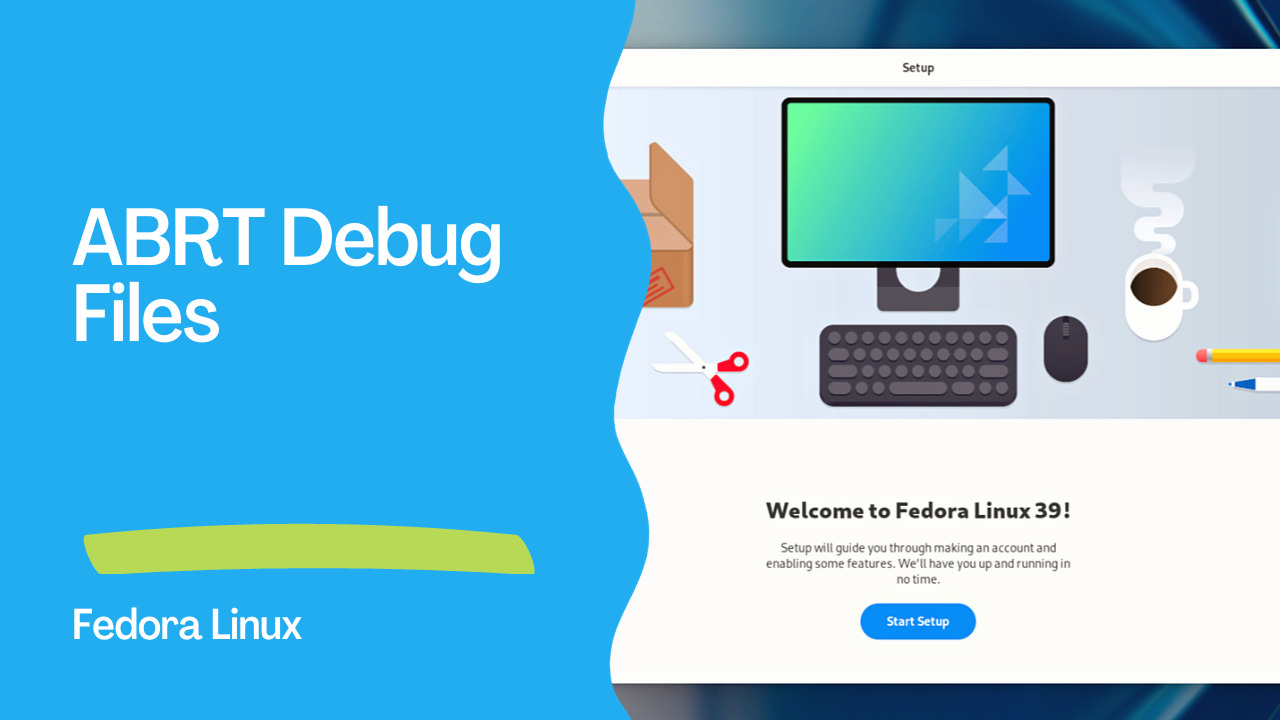Introduction
Fedora, like many Linux distributions, employs the Automatic Bug Reporting Tool (ABRT) to capture and analyze application crashes on the system. Over time, the /var/cache/abrt-di/usr directory can accumulate a substantial number of files, causing the system to run low on disk space. In this article, we’ll explore whether it’s safe to remove files in this directory and how to manage the space efficiently.
Understanding /var/cache/abrt-di/usr
The /var/cache/abrt-di/usr directory contains debug information and associated files collected by ABRT. While these files are crucial for diagnosing and fixing application crashes, they can become a burden on your system’s storage, especially if left unchecked. Fortunately, it is generally safe to clean up these files, but certain precautions should be taken.

Cleaning Up /var/cache/abrt-di/usr
To free up space on your Fedora system, you can safely remove files in the /var/cache/abrt-di/usr directory. However, it’s essential to ensure that you’re not deleting critical information needed for debugging.
Before proceeding with the cleanup, consider the following steps:
1. Check Max Size Configurations: Review the maximum crash report size specified in /etc/abrt/abrt.conf:
$ grep -i size /etc/abrt/abrt.conf\
# Max size for crash storage [MiB] or 0 for unlimited\
MaxCrashReportsSize = 1000
This setting controls the overall size of crash reports and helps prevent the directory from growing uncontrollably.
2. Adjust DebugInfoCacheMB: Examine the DebugInfoCacheMB configuration in /etc/abrt/plugins/CCpp.conf:
DebugInfoCacheMB = 2000
You can modify this value to control the maximum size of the /var/cache/abrt-di directory. If not defined, it defaults to 4000 (4GB).
3. Backup Before Deleting: Before deleting any files, it’s a good practice to create a backup or archive them. This ensures that you have a copy of the files in case something goes wrong.
4. Regular Maintenance: Consider implementing regular maintenance tasks to prevent the accumulation of unnecessary files. Set up a cron job or systemd timer to periodically clean up old and unused crash reports.
Conclusion
In conclusion, removing files from the /var/cache/abrt-di/usr directory is generally safe, especially when the system is running low on disk space. By adjusting the configuration settings, you can control the size of ABRT logs and debug information, ensuring that your system remains stable and responsive. Always exercise caution when deleting files, and consider creating backups to avoid unintended consequences. Regular maintenance is key to keeping your Fedora system running smoothly without encountering storage issues related to ABRT logs.
Academy
Learn the Ansible automation technology with some real-life examples in my
Udemy 300+ Lessons Video Course.

My book Ansible By Examples: 200+ Automation Examples For Linux and Windows System Administrator and DevOps

Donate
Want to keep this project going? Please donate
